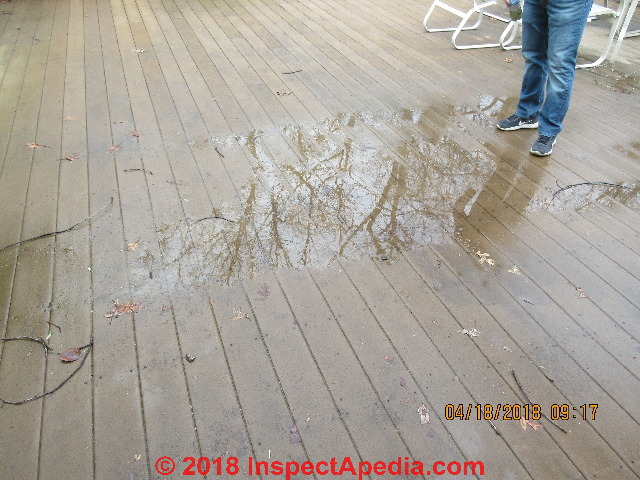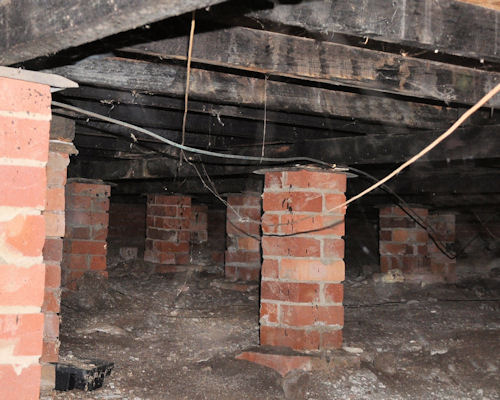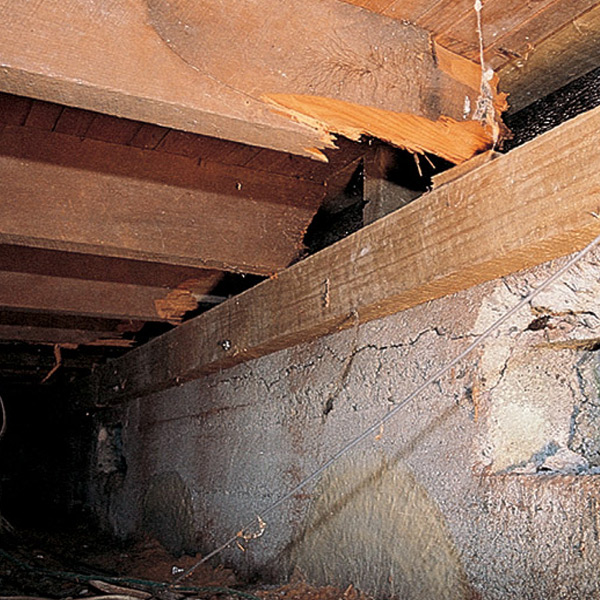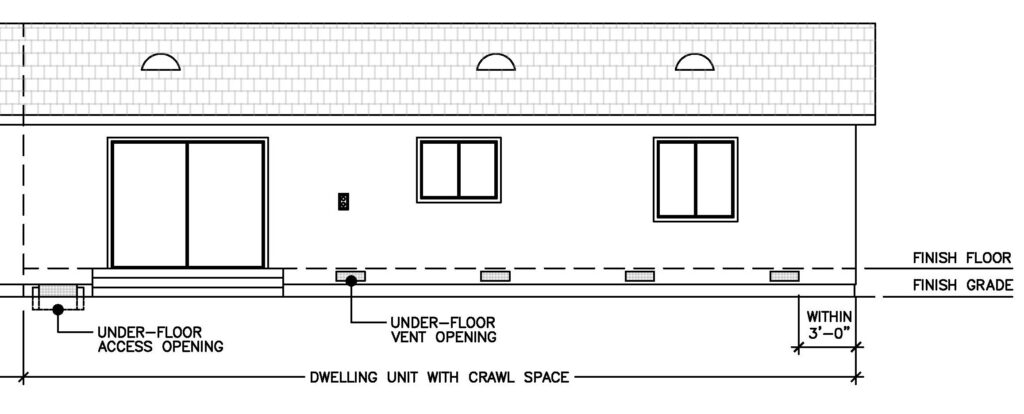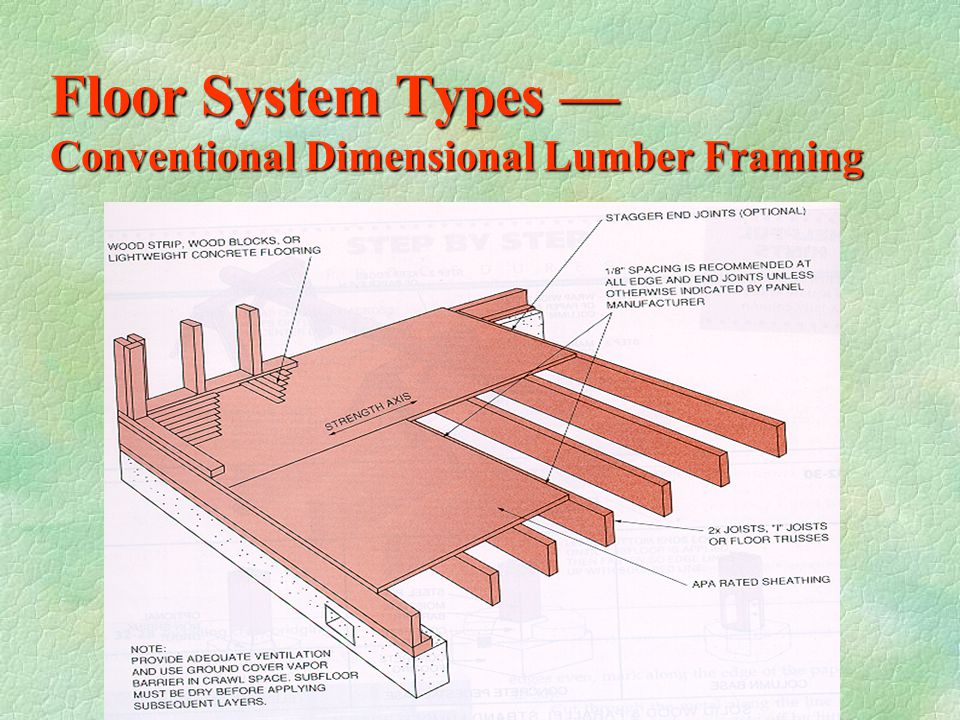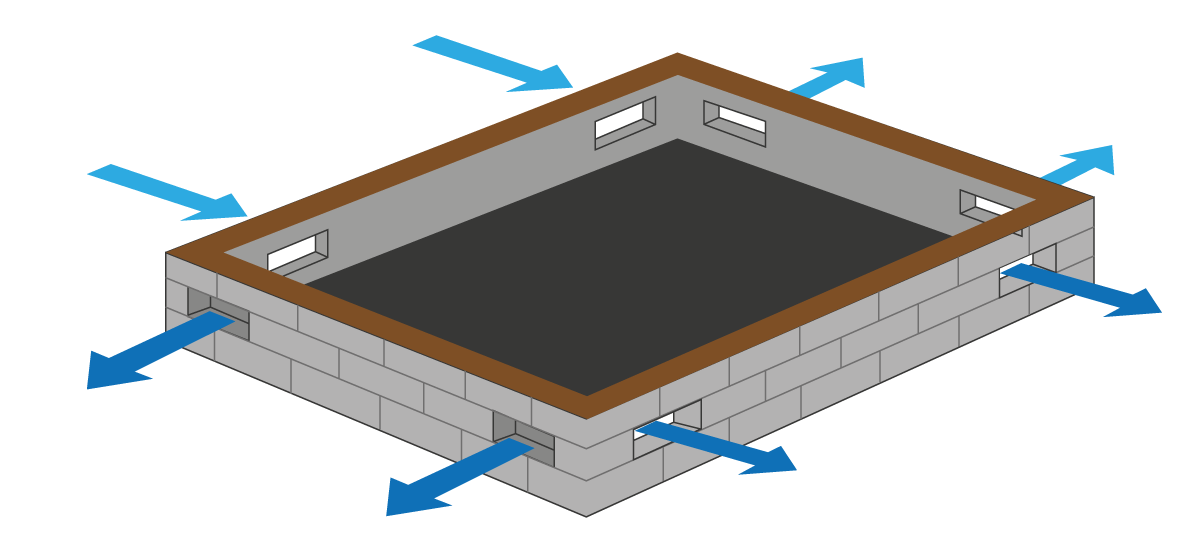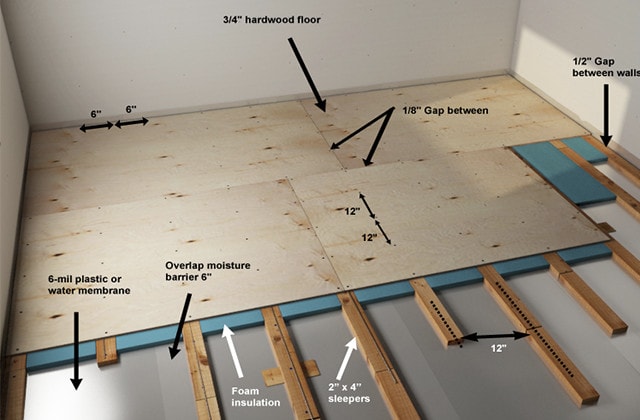Ground moisture rising into or entering the subfloor space can create a damp environment which encourages timber rot fungus growth and the potential for termite activity.
Sub floor ventilation spacing.
Many traditional properties are built with a suspended wooden floor which sits above a void air space between the perimeter walls and ground if this space is not ventilated the air in it becomes stagnant and humid and the moisture within it begins to condense on the brickwork and flooring.
Openings should be provided within 750 mm of.
Of the australian standards a s.
It also enables a person to climb in and inspect the area for termites fungal decay and other building problems.
Have a look at the just for fun exercise for more details on these requirements.
Subfloor ventilation is cross ventilation of the subfloor space between the underside of the subfloor and the ground surface under a building.
Vent type l vent size l area per square mm.
Squared nett ventilation per lineal metre on both external and internal walls.
If the ground under the subfloor space is dry and there is no evidence of moisture there is no need to increase the amount of ventilation.
3600 specifies that the minimum requirement for sub floor ventilation should be one 1 ventilator of 8 400 mm.
Inspect the subfloor space to ensure that the water is not coming from leaking pipes wastes or drains.
The space under a suspended timber framed floor must be ventilated.
Aleta 230mm x.
The open space allows the air to move freely inside the subfloor cavity.
A minimum of five air changes per hour should be provided and double that for wet subfloor spaces.
